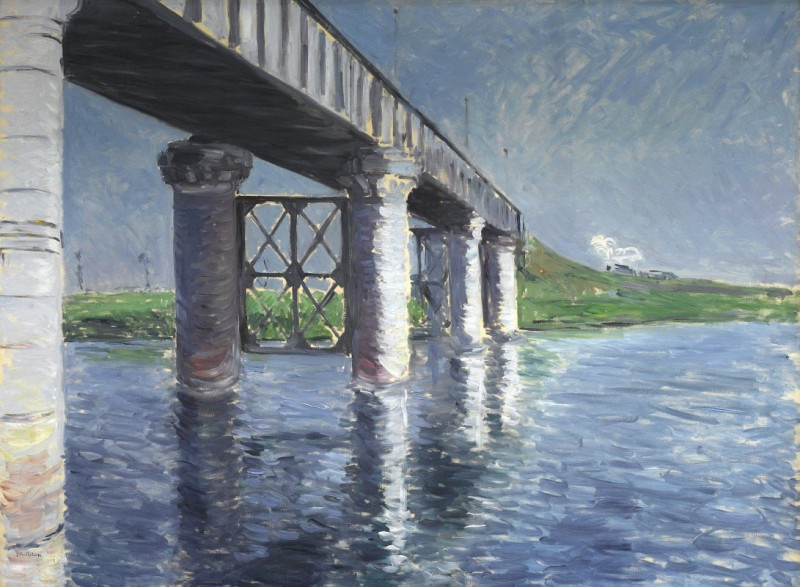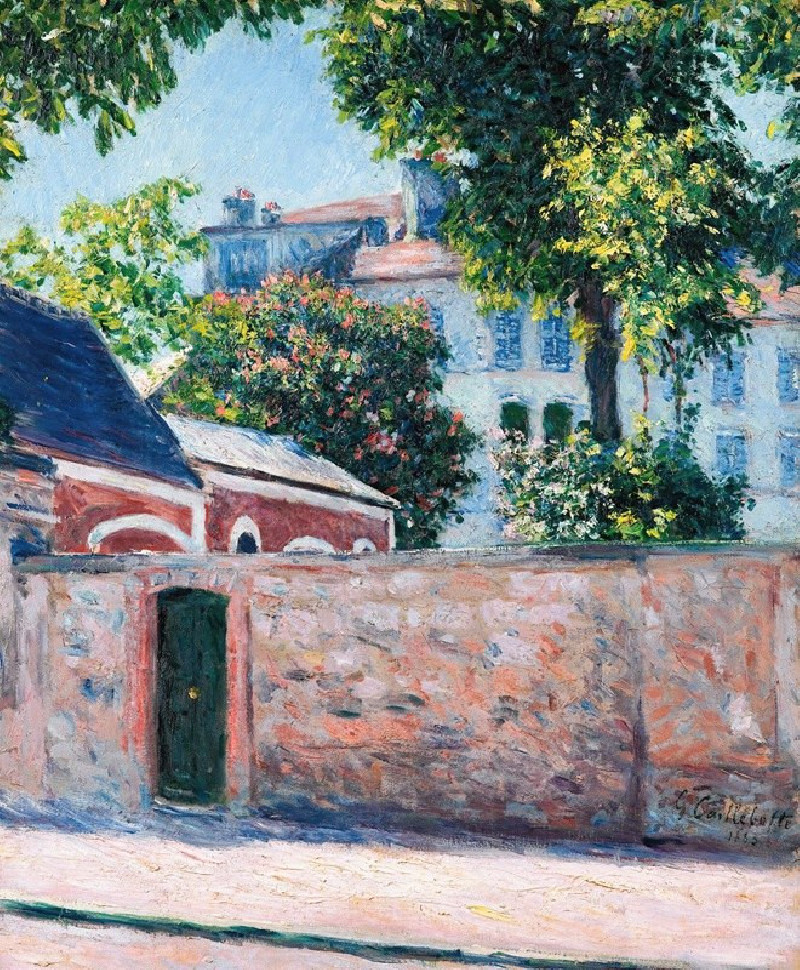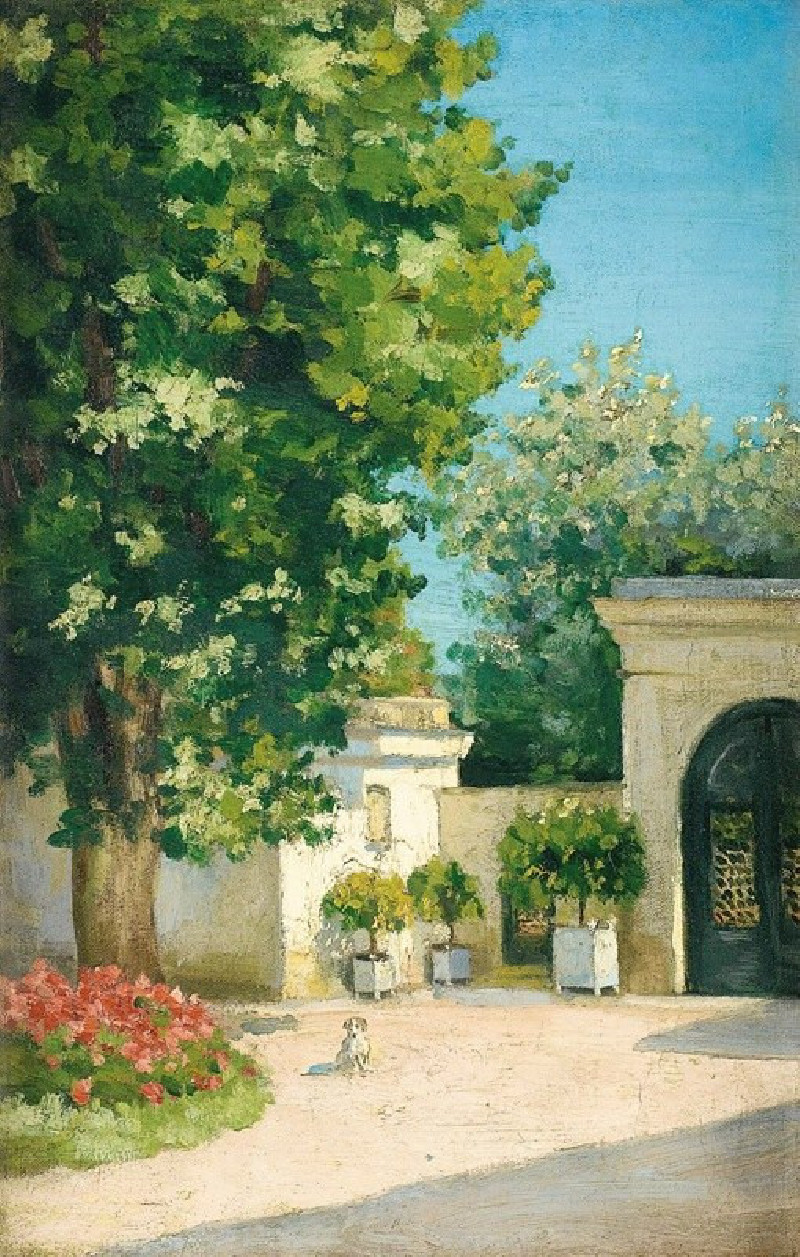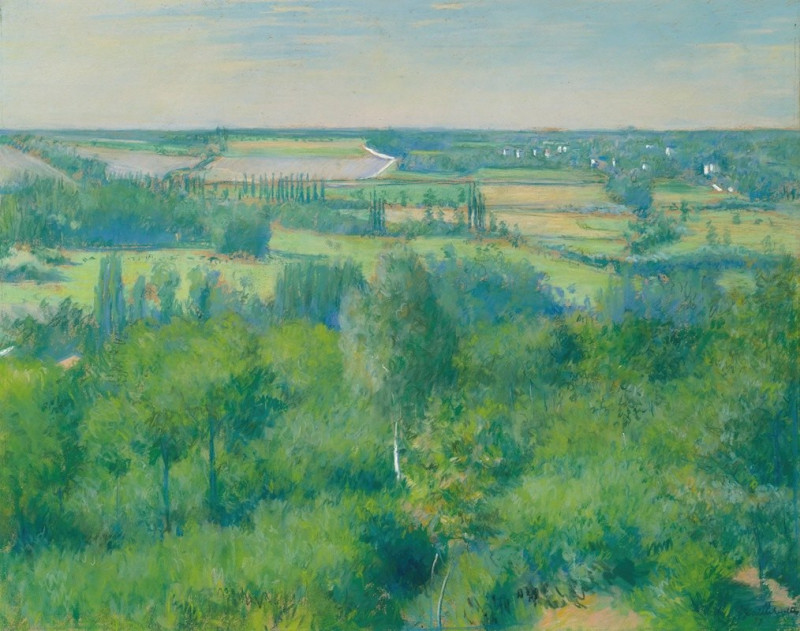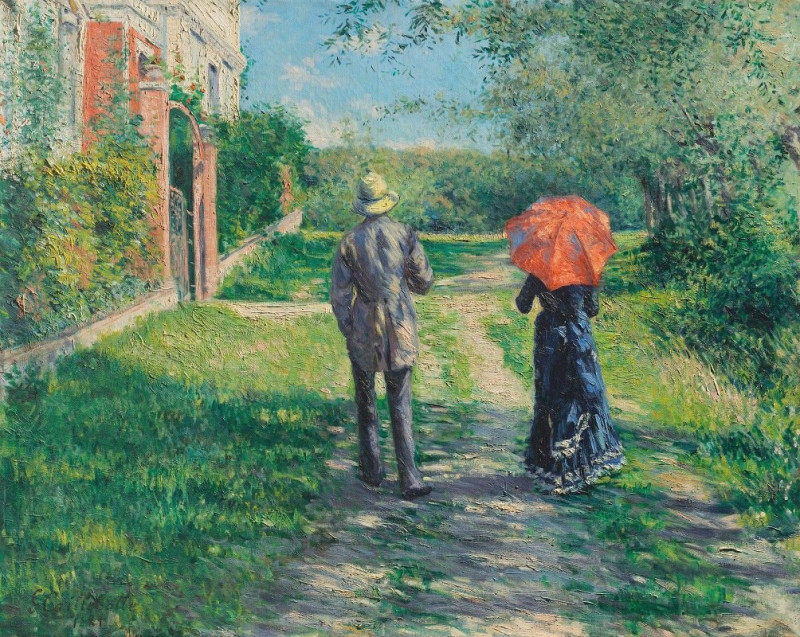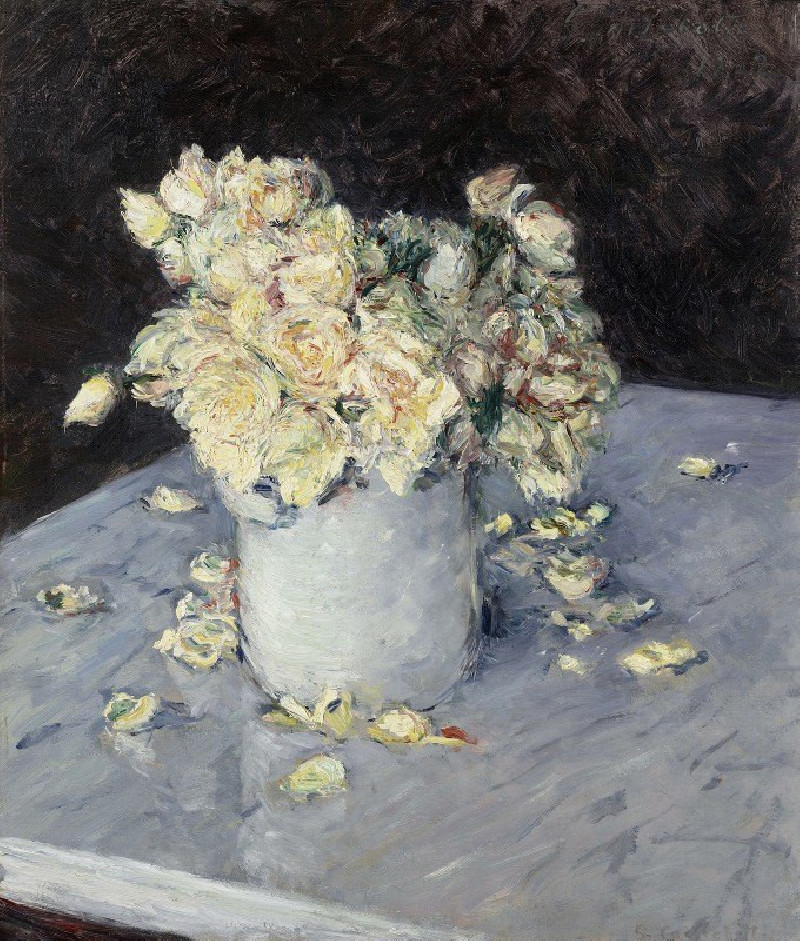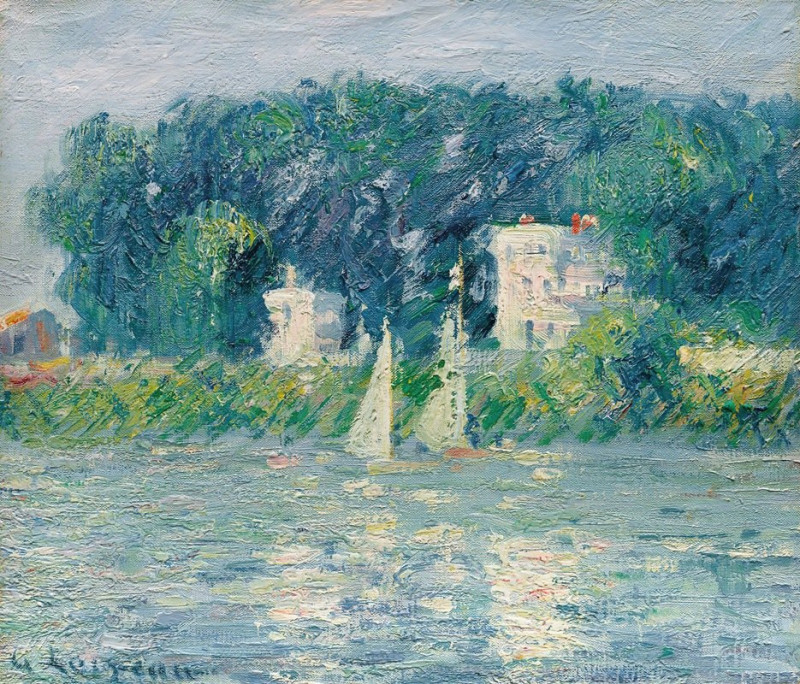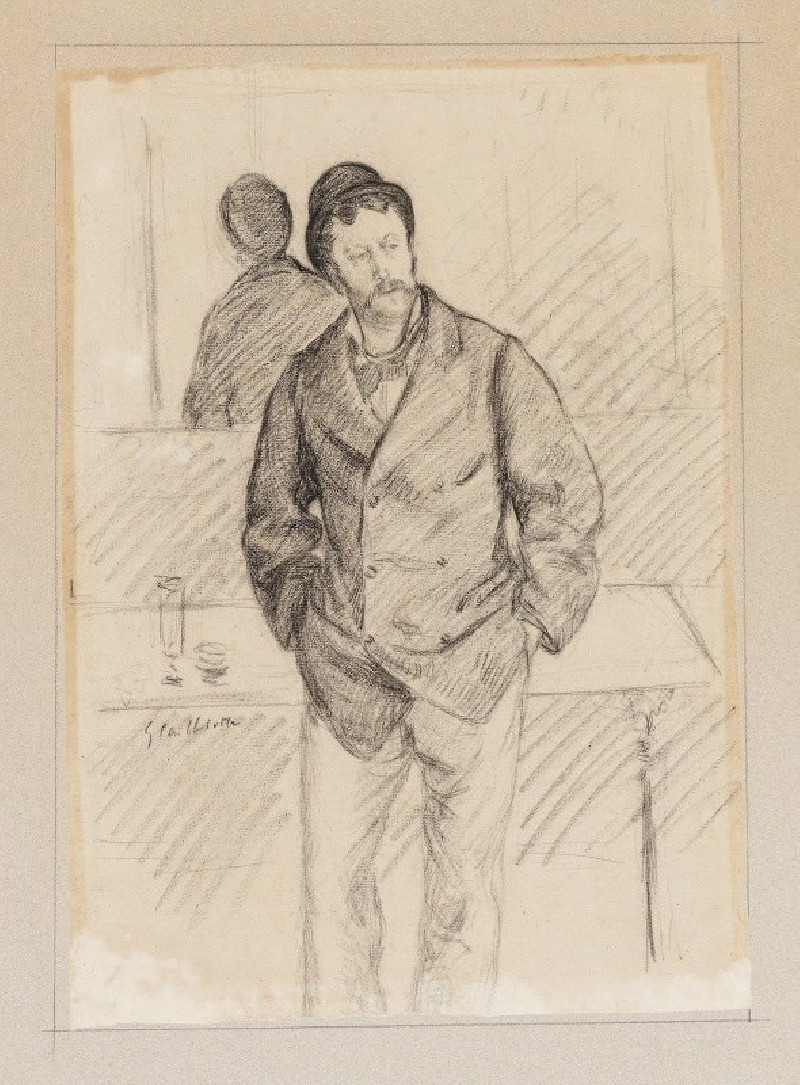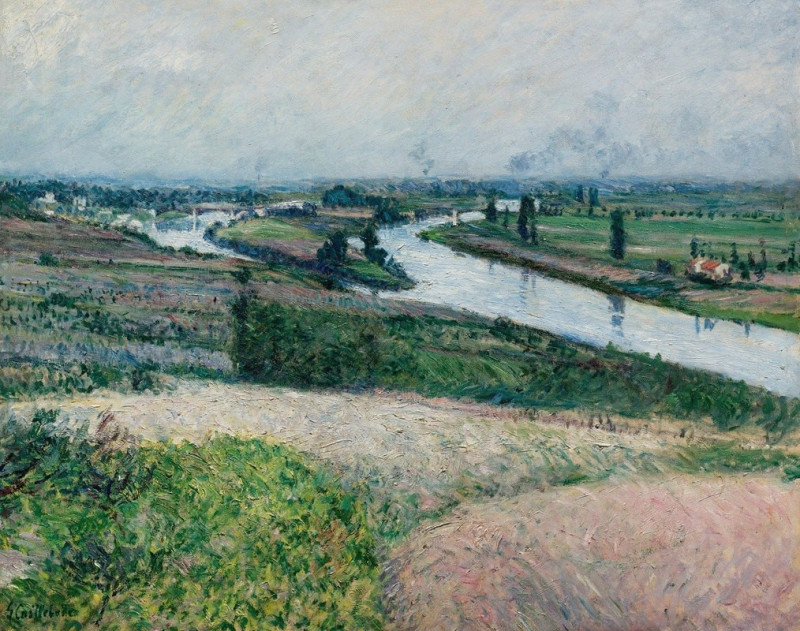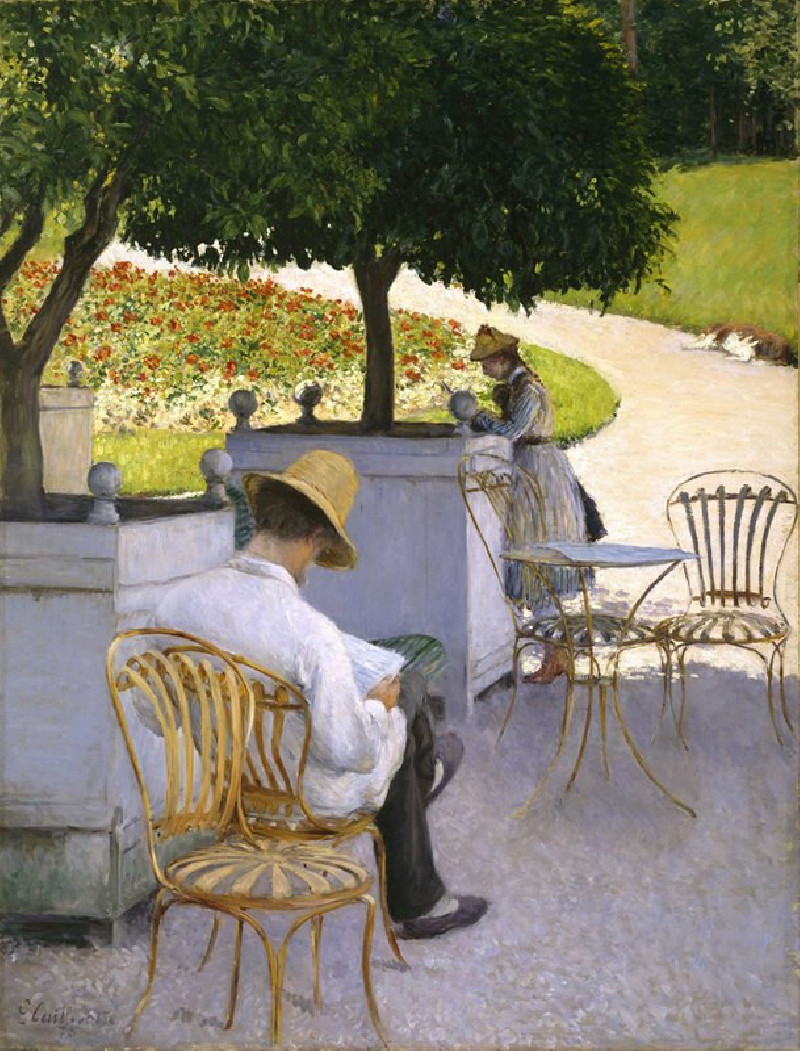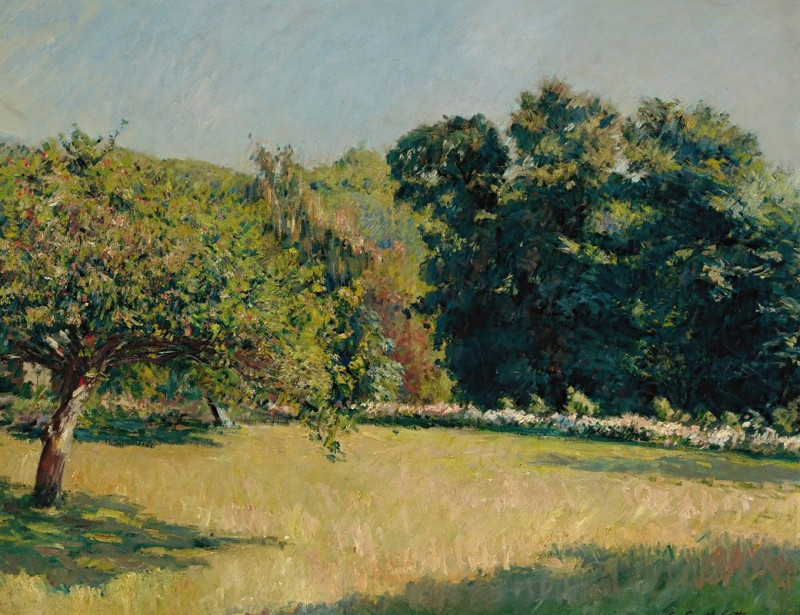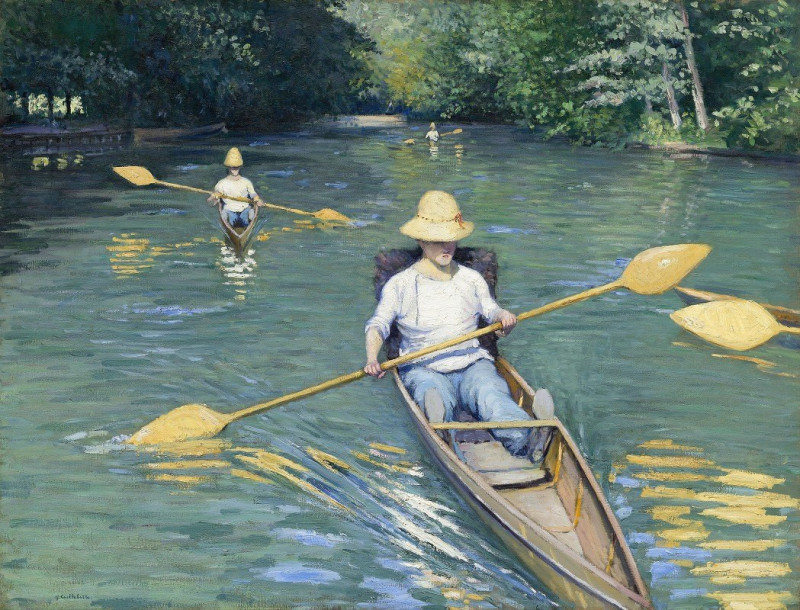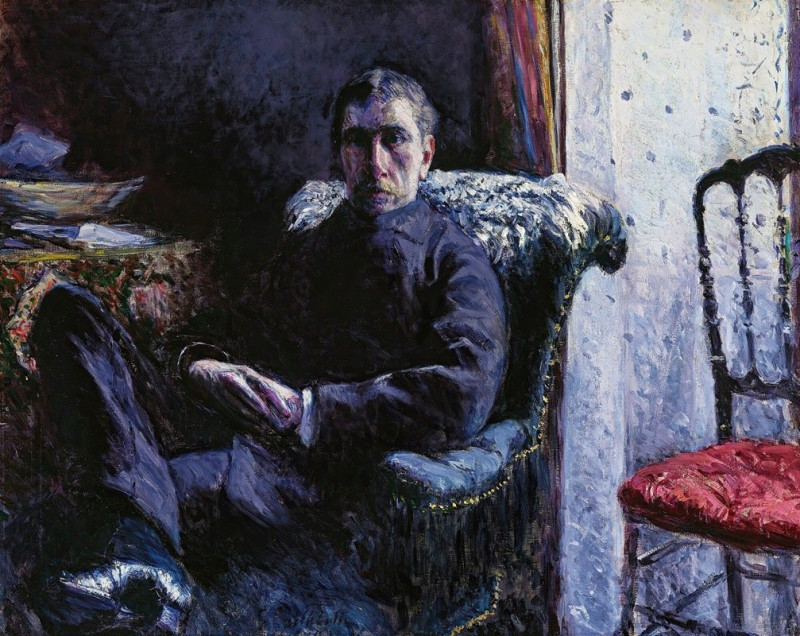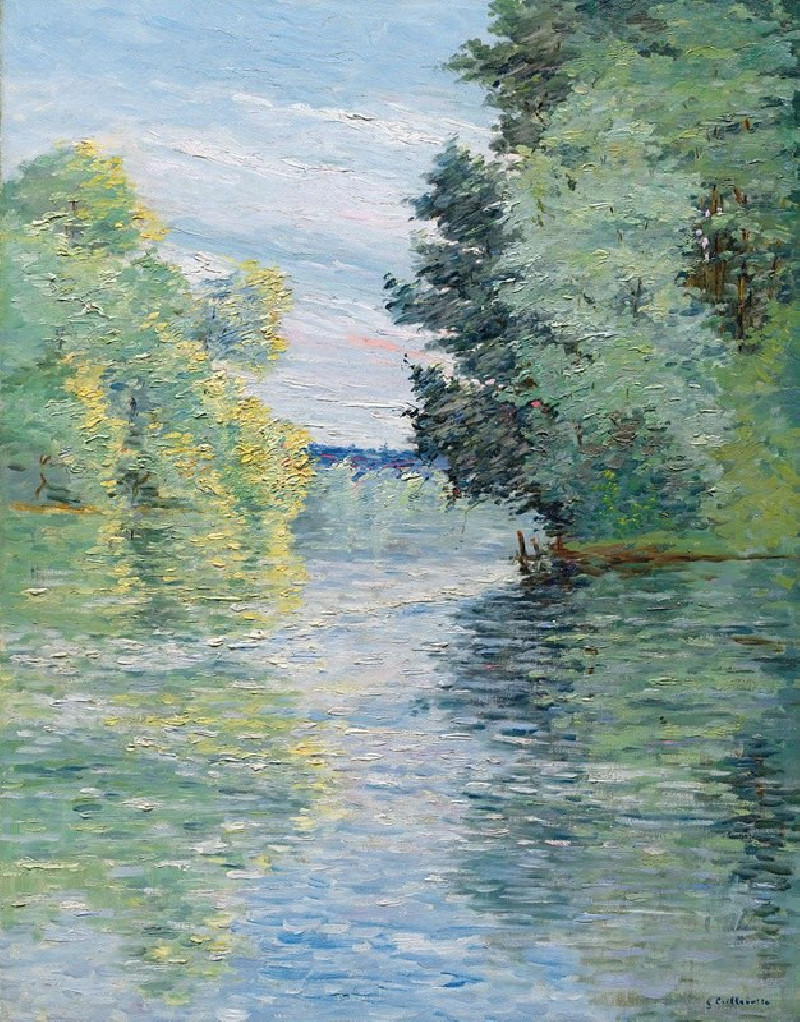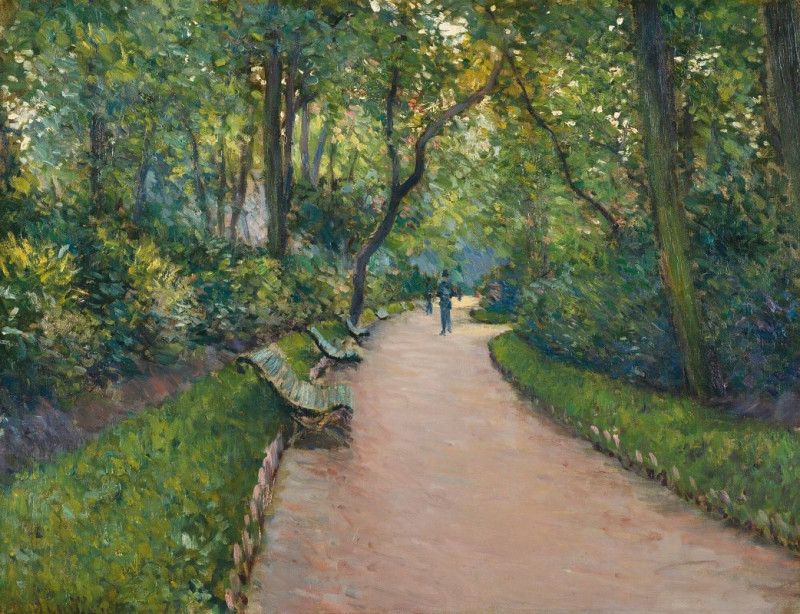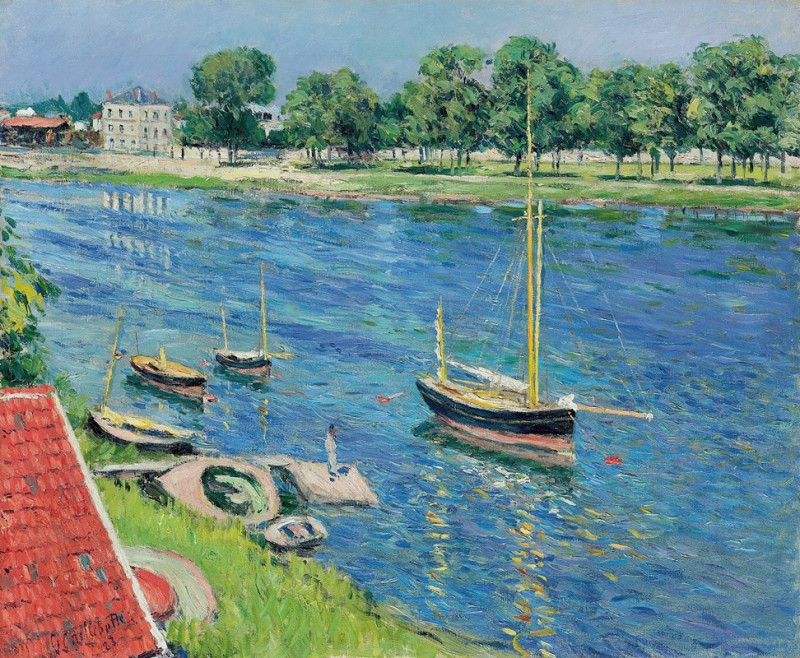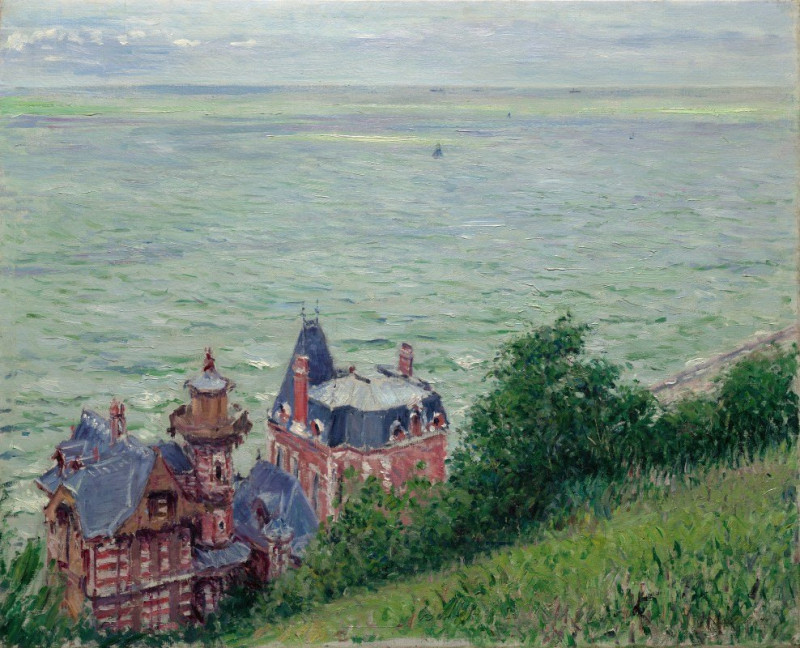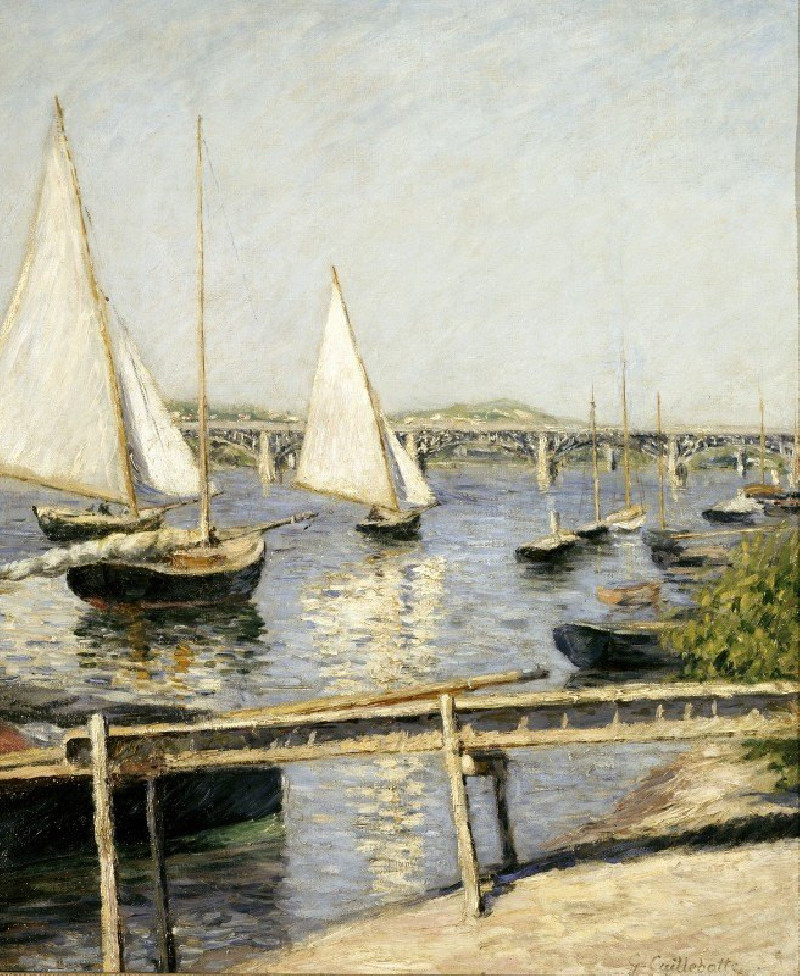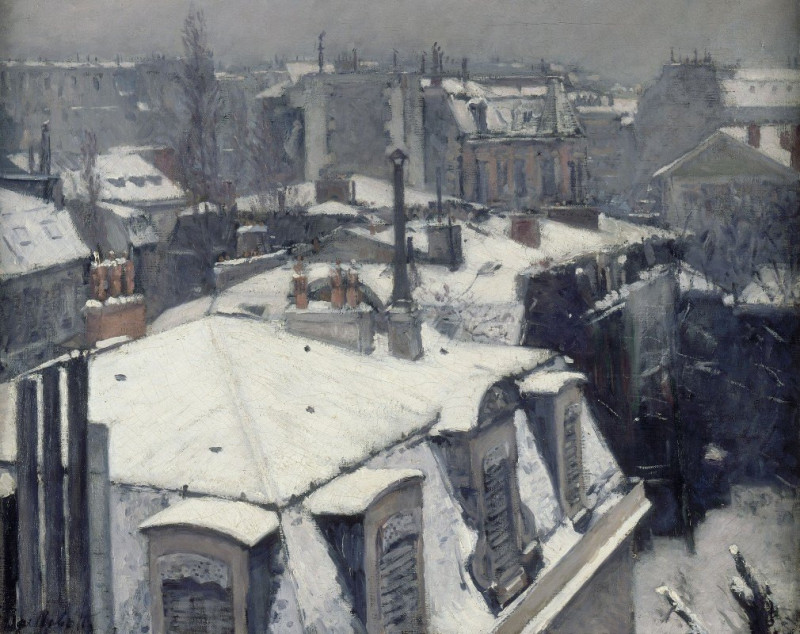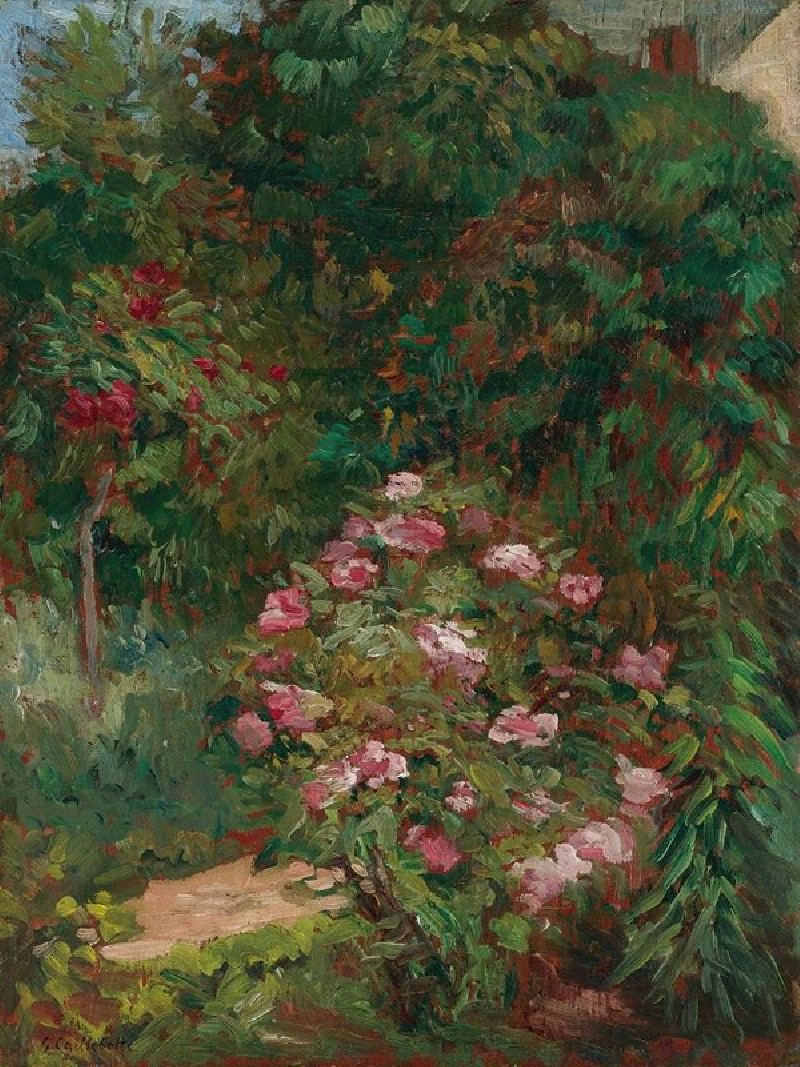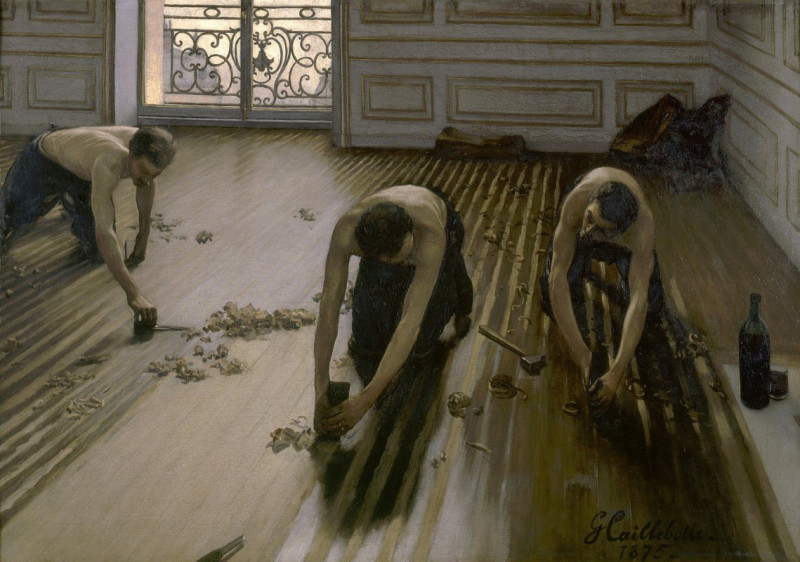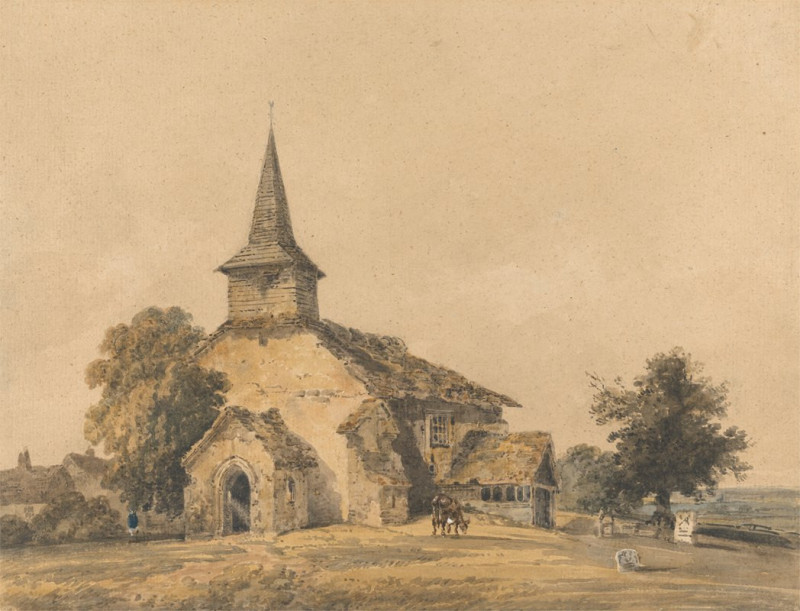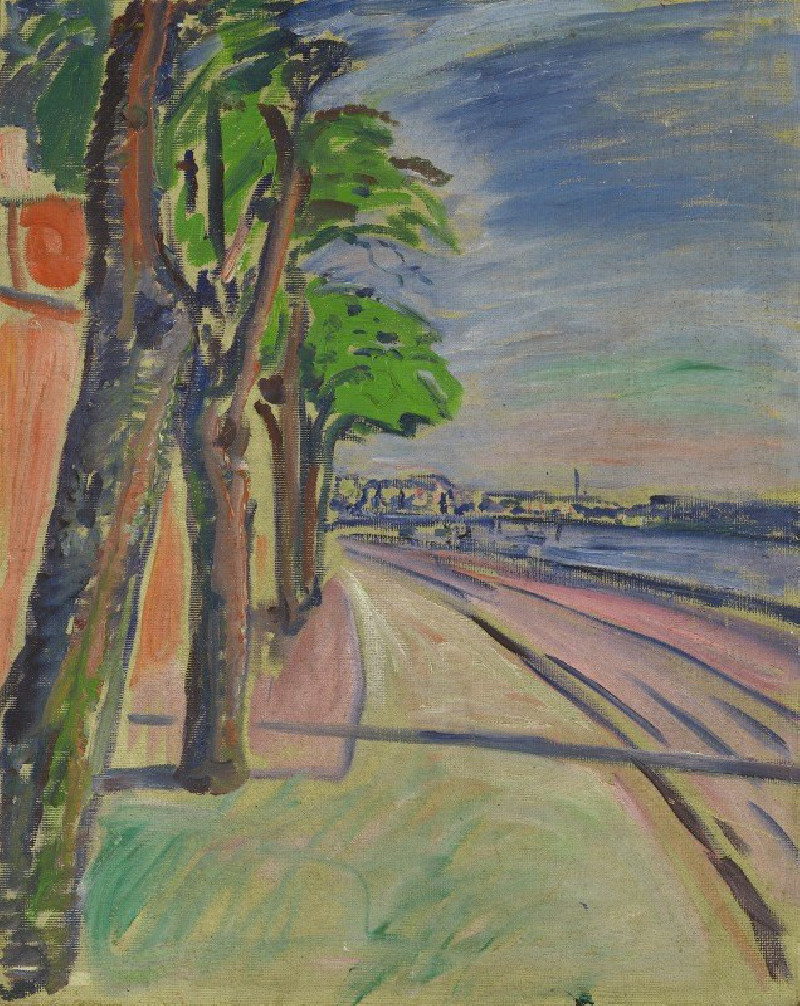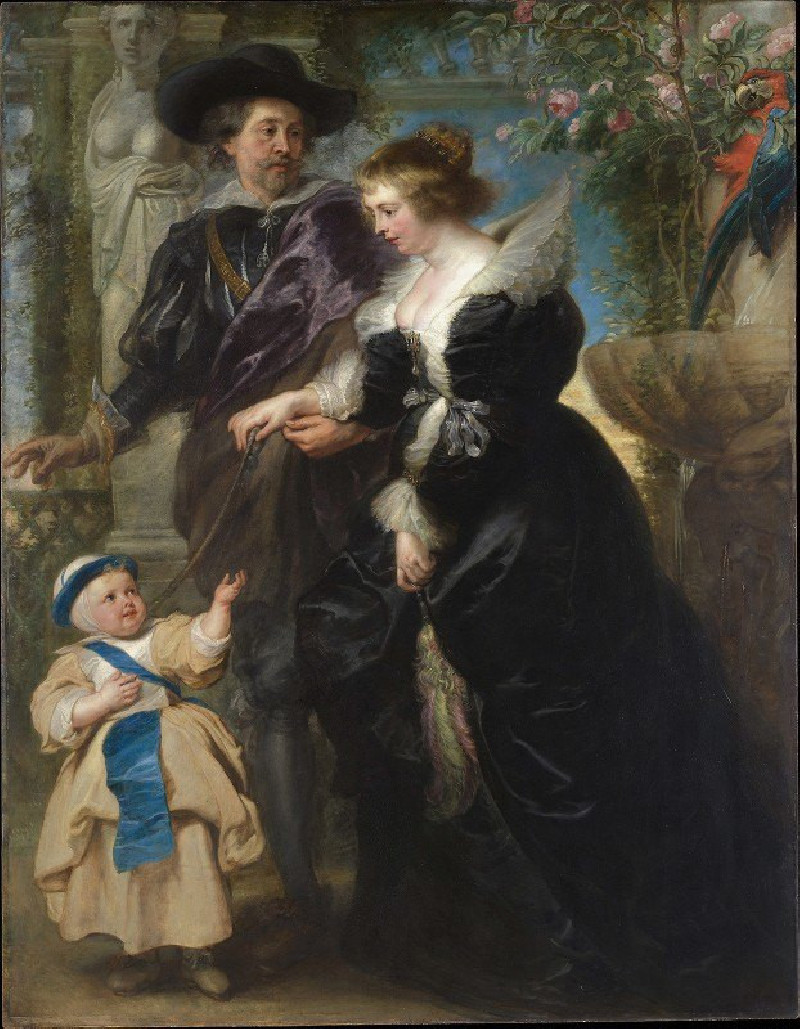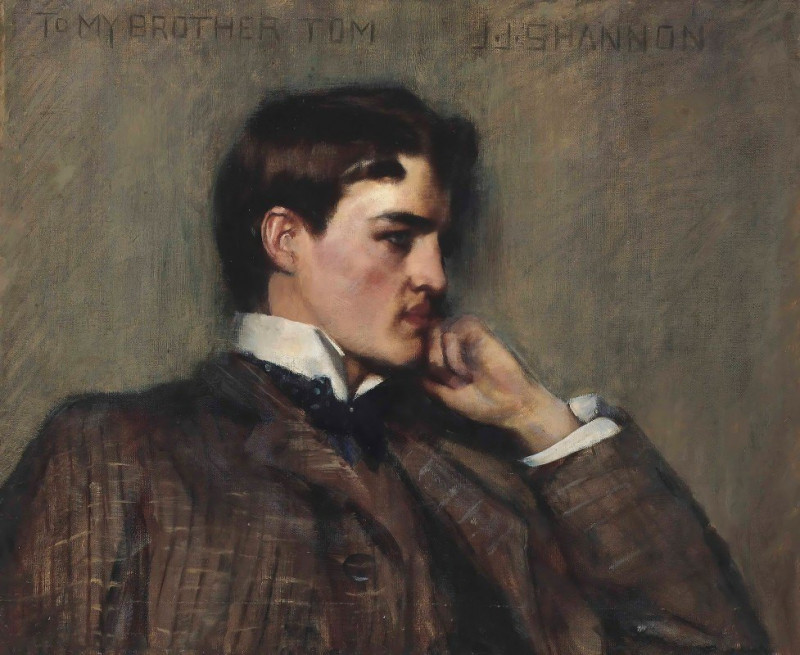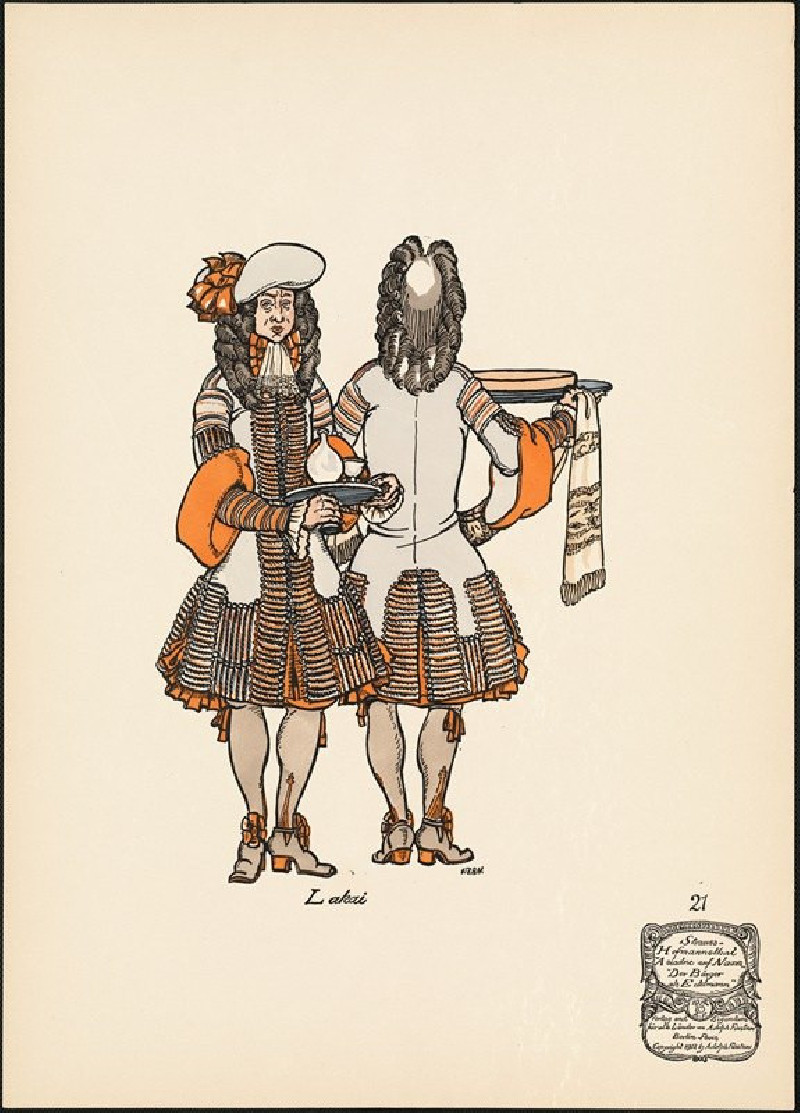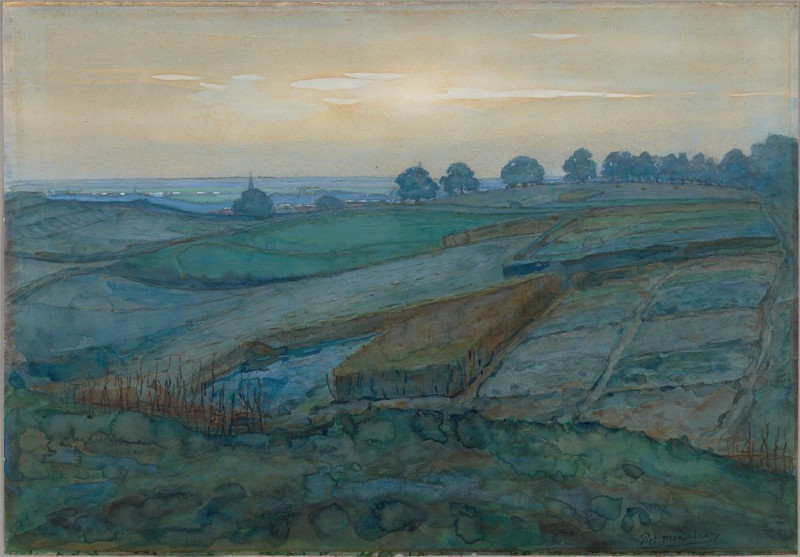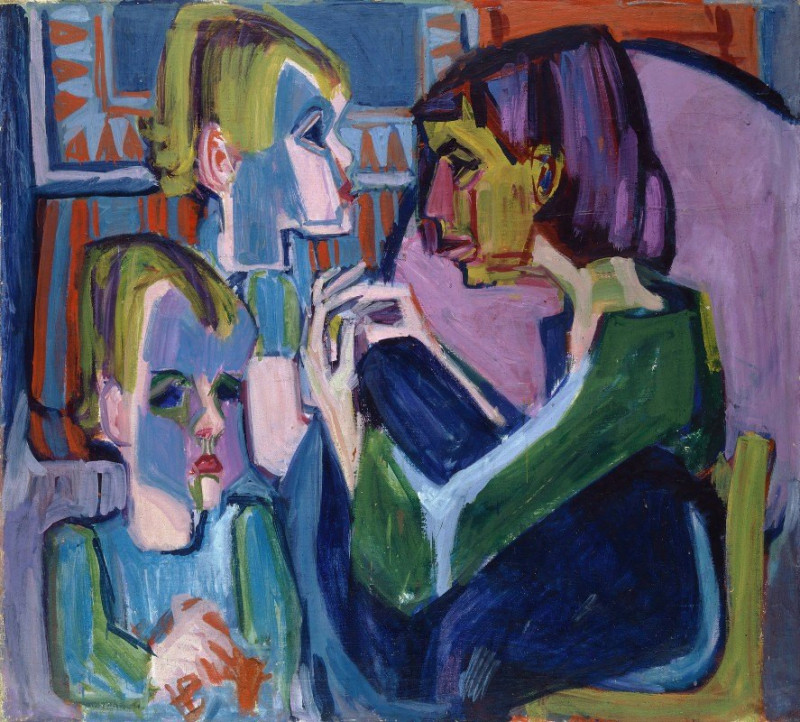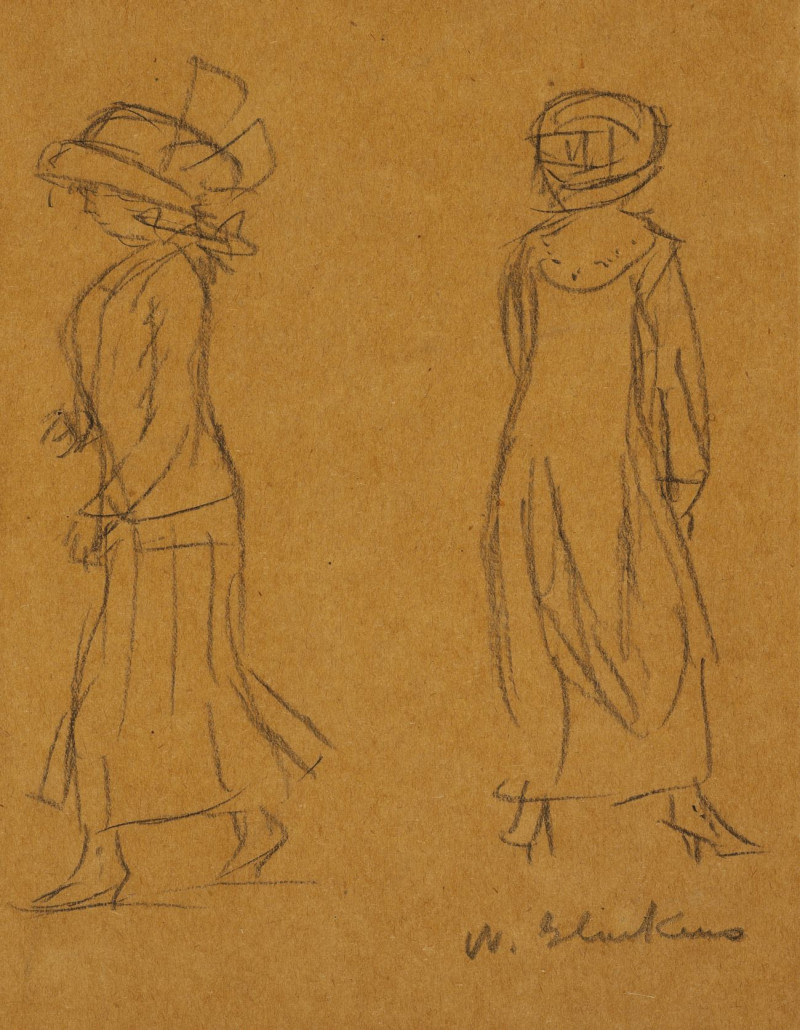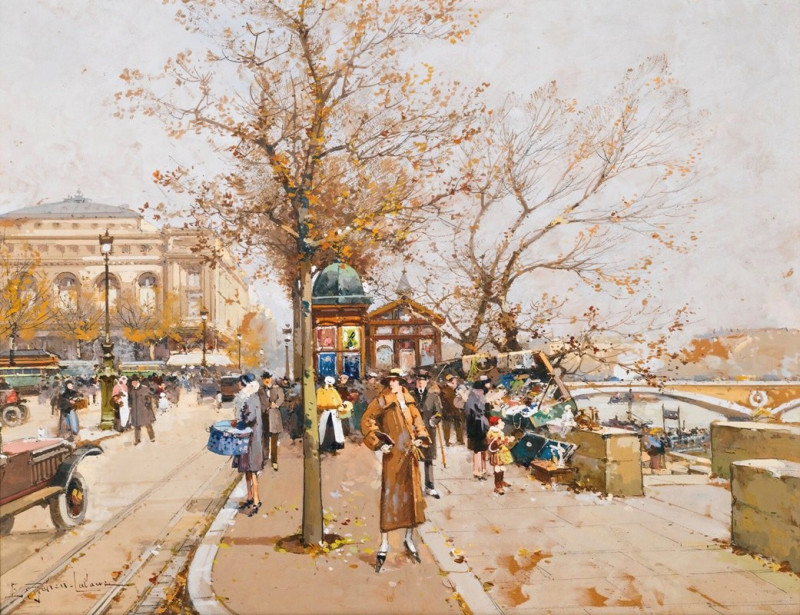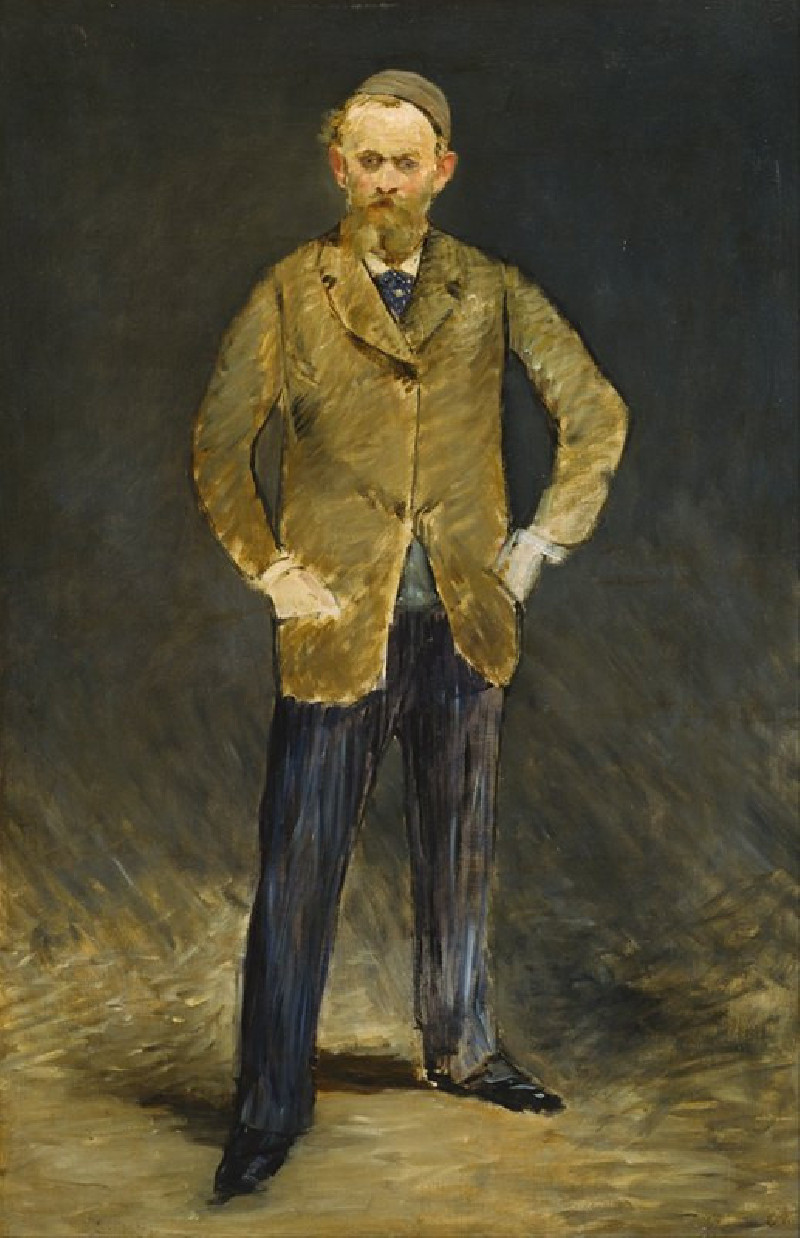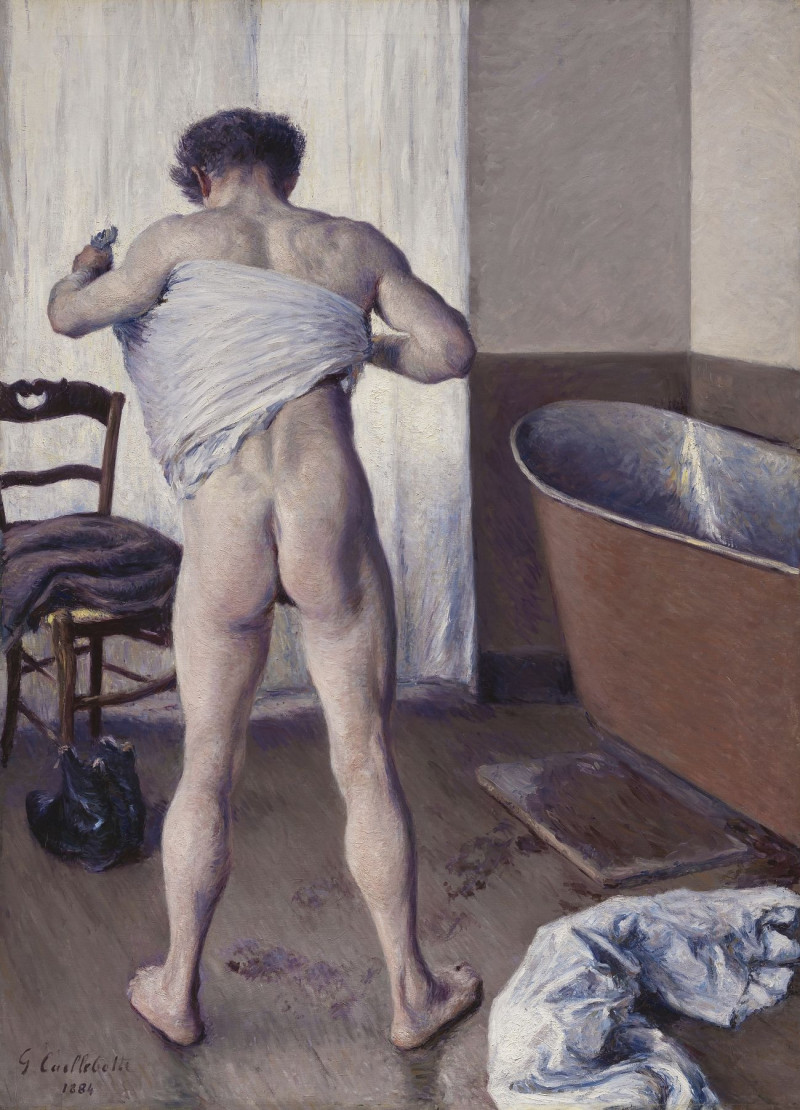The Seine and the Railroad Bridge at Argenteuil (La Seine et le pont du chemin de fer dArgenteuil)
Technique: Giclée quality print
Recommended by our customers
More about this artwork
At first glance, Gustave Caillebotte’s painting, *The Seine and the Railroad Bridge at Argenteuil*, offers a harmonious blend of man-made marvels and natural beauty, framed through Caillebotte's distinctive Impressionist style. This artwork, painted in 1885, captures the dynamic interplay between the calm waters of the Seine River and the sturdy engineering of the railroad bridge.In this composition, Caillebotte places the viewer almost beneath the bridge, looking out towards the open river. The massive structure of the railroad bridge stretches across the canvas horizontally, showcasing its robust columns and the steel beams dark against the sky. The pillars, with their reflections mirroring in the water, create a rhythmic pattern that is both soothing and structurally fascinating. Through this perspective, Caillebotte not only captures the bridge’s imposing presence but also its role as a bridge between nature and industrial progress.The water itself is rendered in a spectrum of blues and grays, its surface gently rippling as it reflects the light streaming from above. This use of light is particularly poignant, spotlighting the water’s texture and the shadows cast by the bridge. On the distant shore, a hint of greenery and a few sparse buildings under a broad sky provide a backdrop that whispers of tranquility and wide-open spaces.Caillebotte's work here is a masterful depiction of modern life in the late 19th century, reflecting the changes the Industrial Revolution brought to landscapes that were once purely pastoral.
Delivery
Returns
Gustave Caillebotte (1848–1894) was a French painter who combined impressionist and academic styles in his artworks. Despite the fact that he is considered a great impressionist artist today, his posthumous reputation was not as significant. Most of his paintings were kept by his family and not exhibited nor reproduced until the late 20th century. His artworks depict scenes from Parisian streets, modern urban environments, as well as rural country scenes and flowers.

